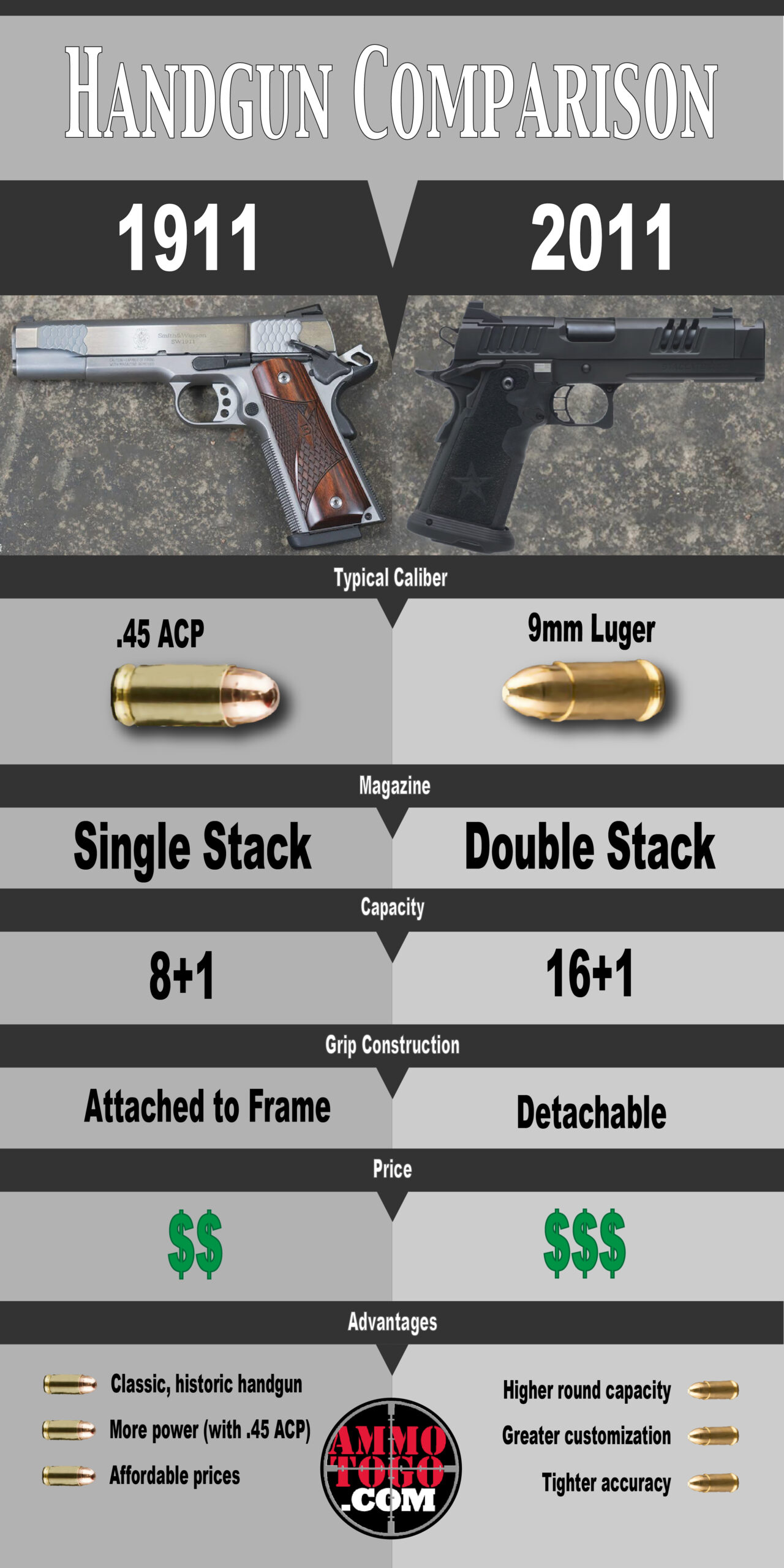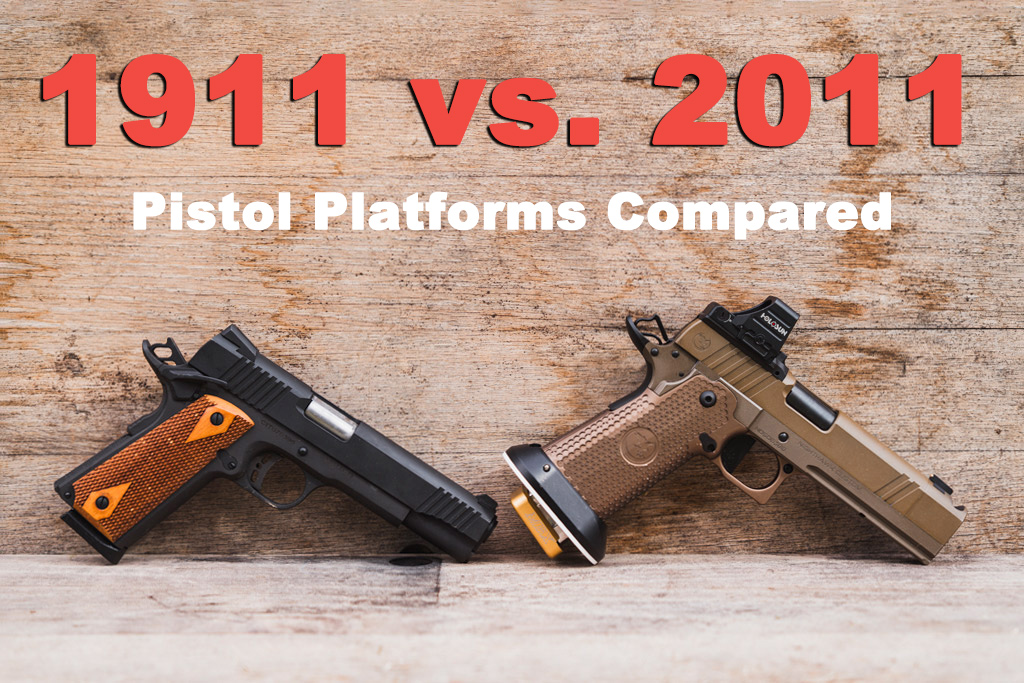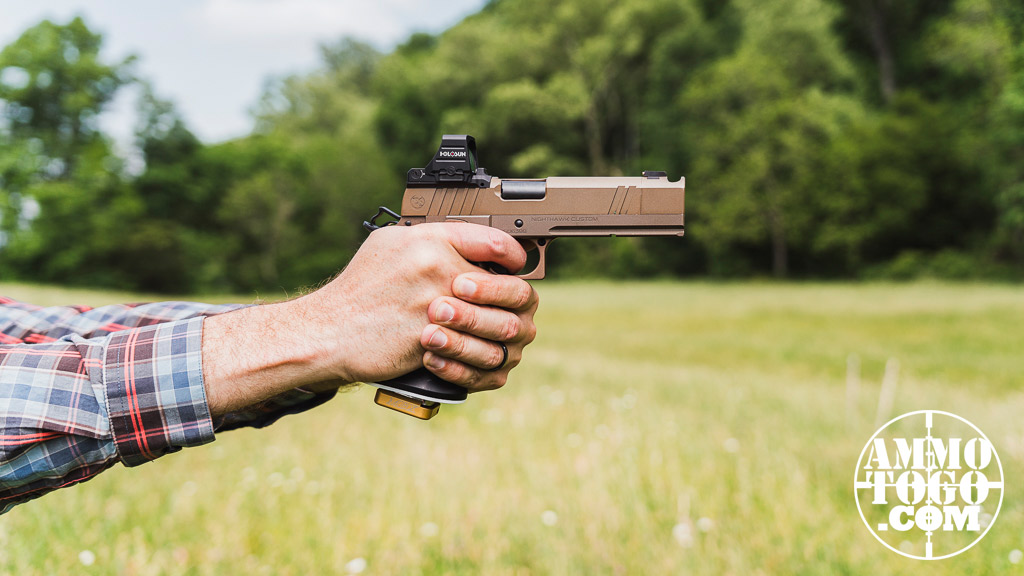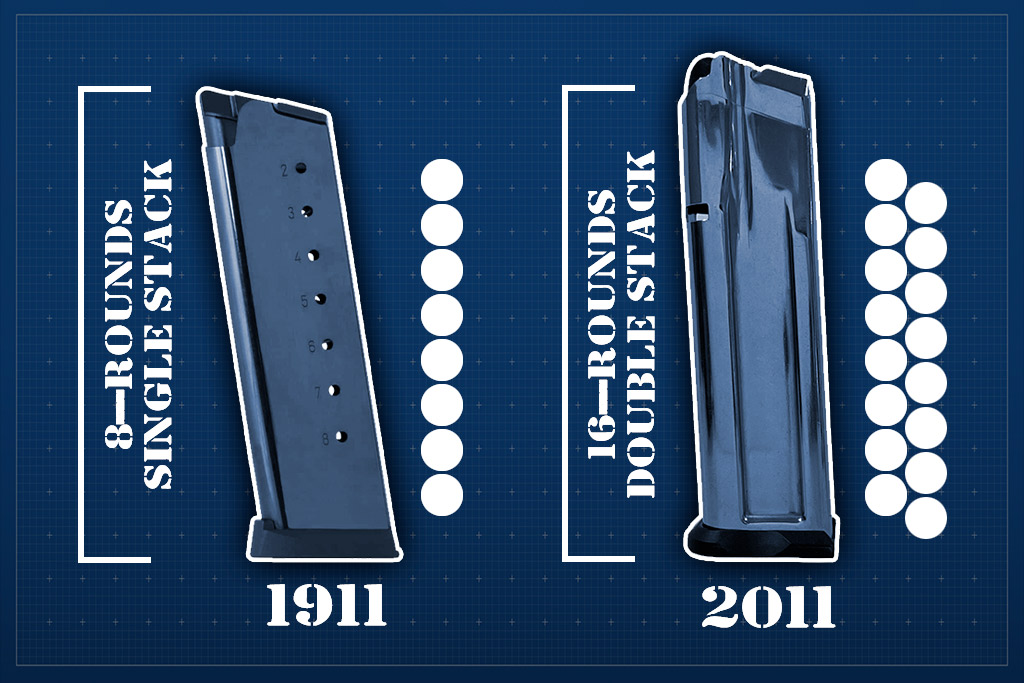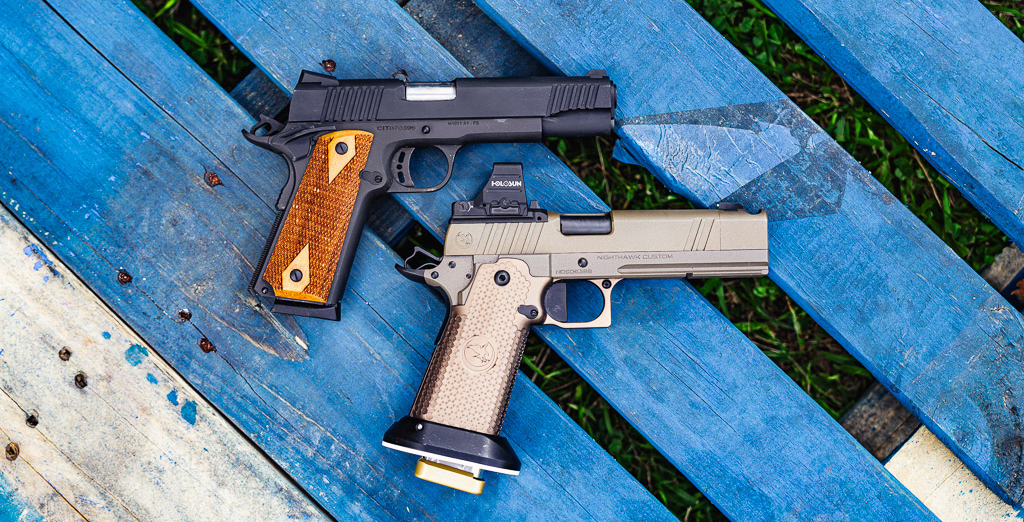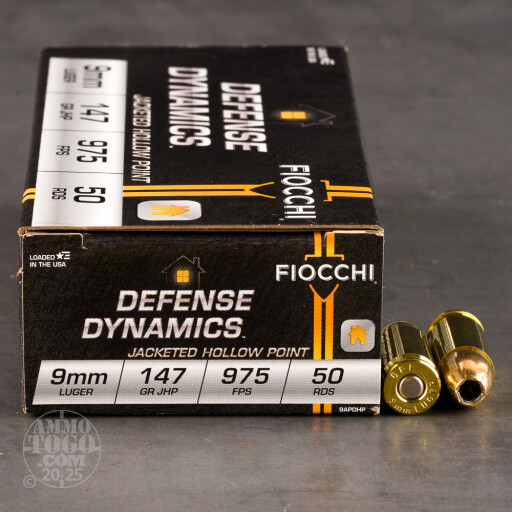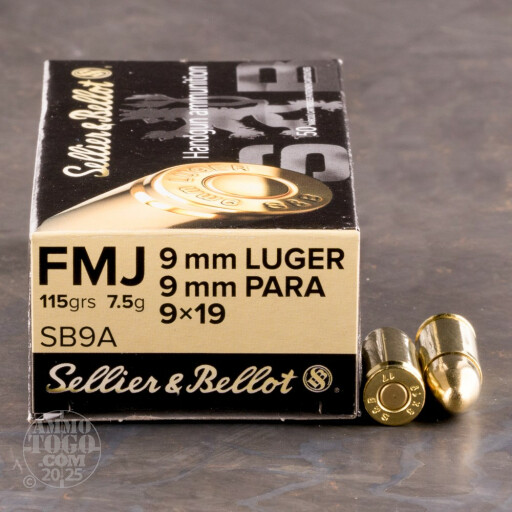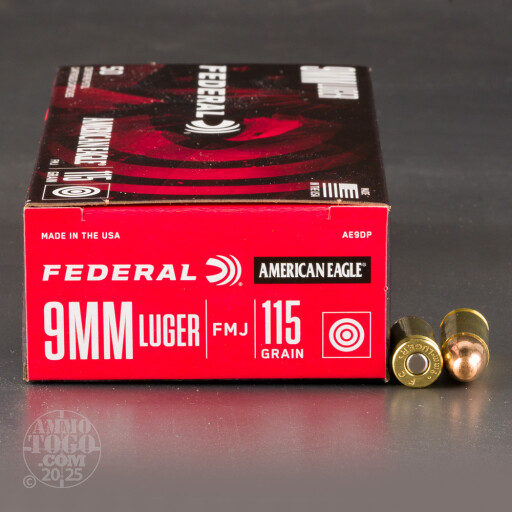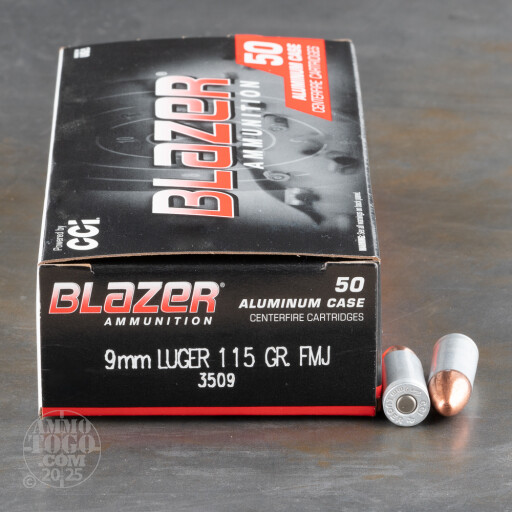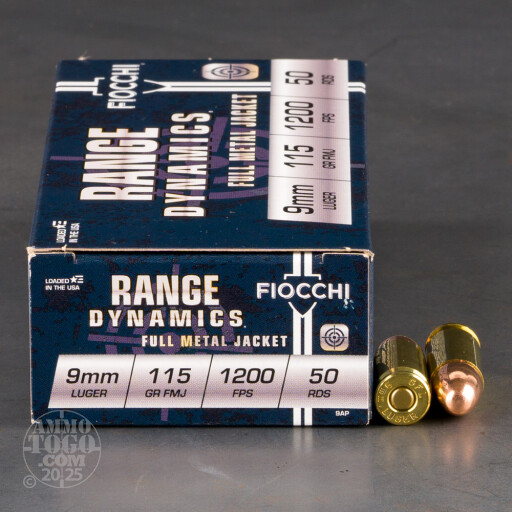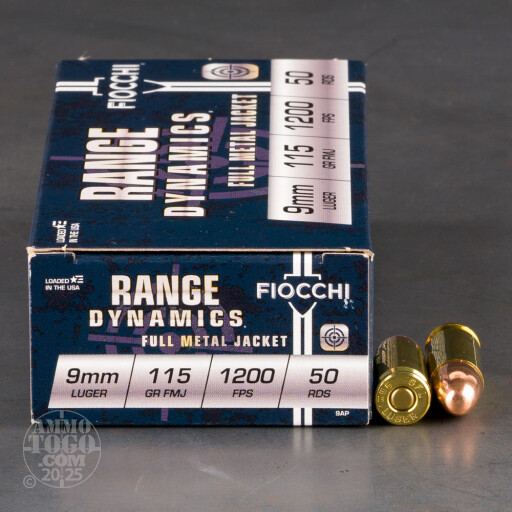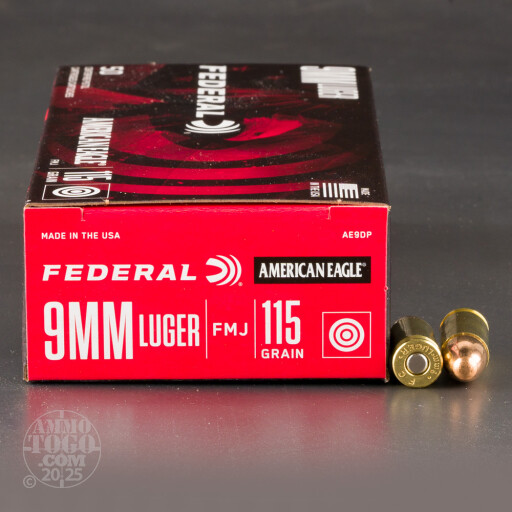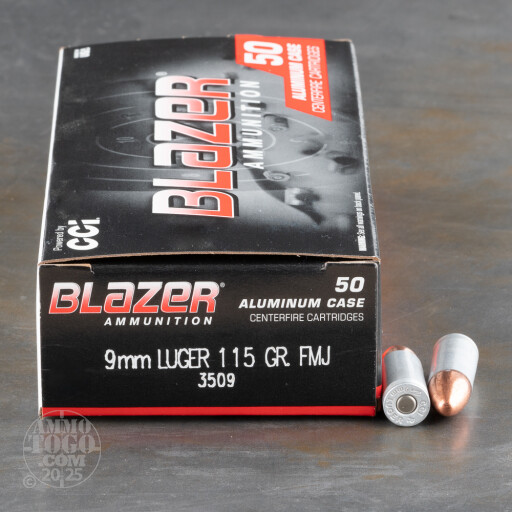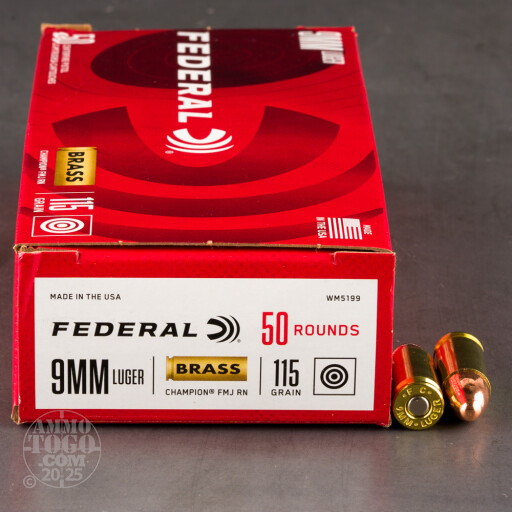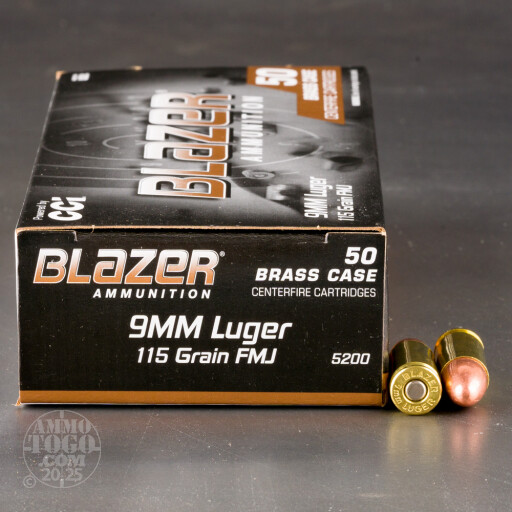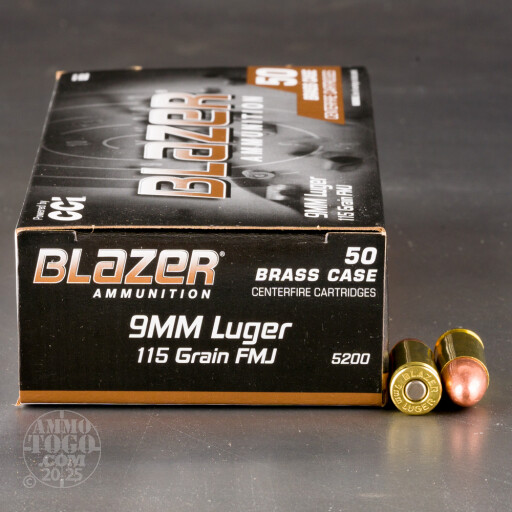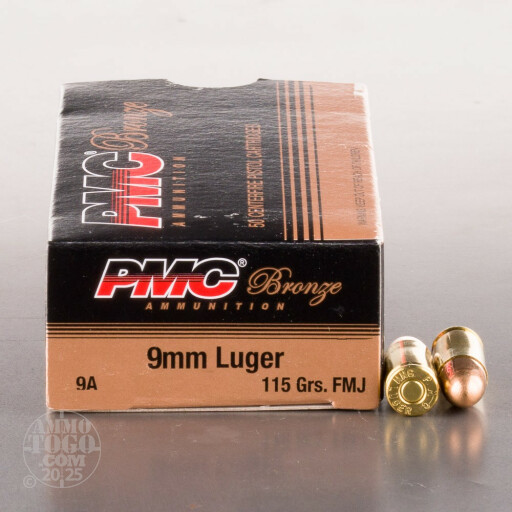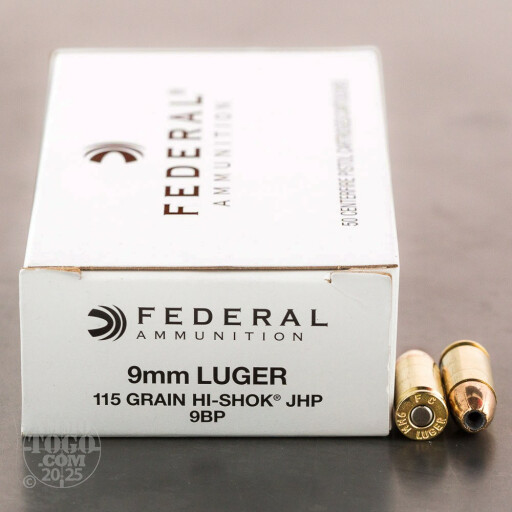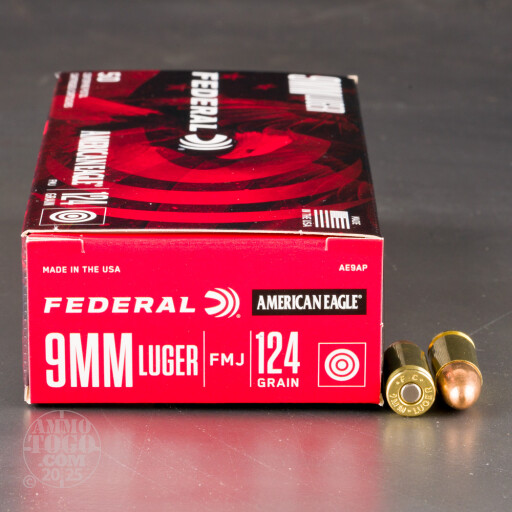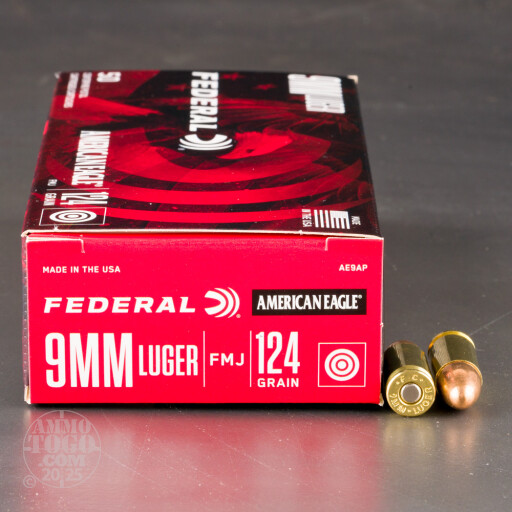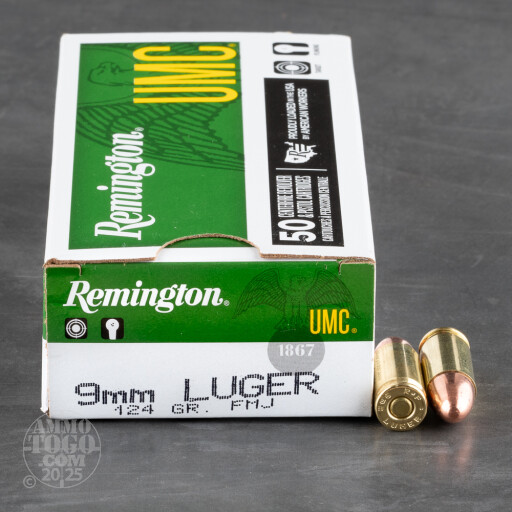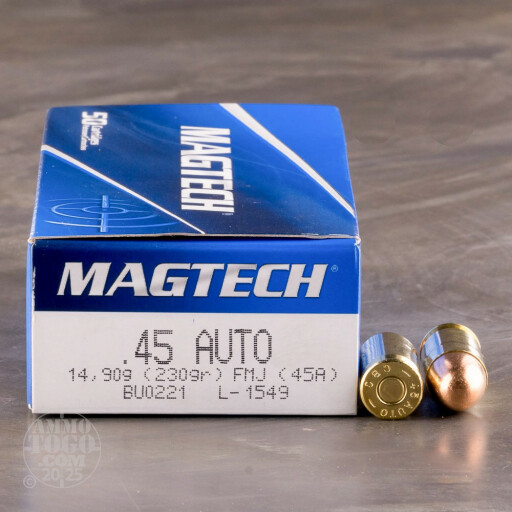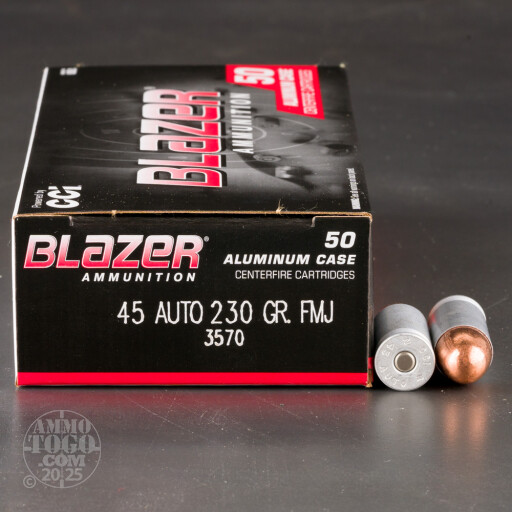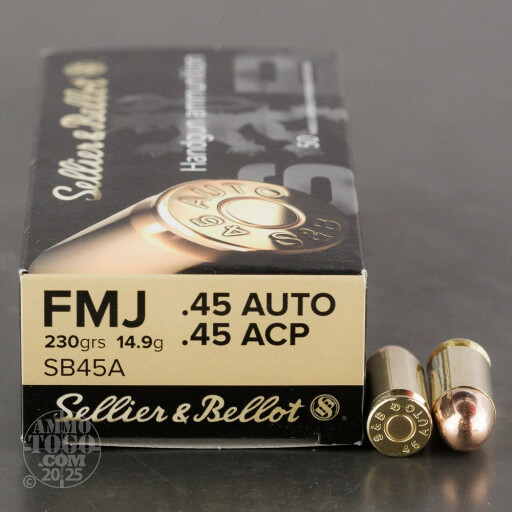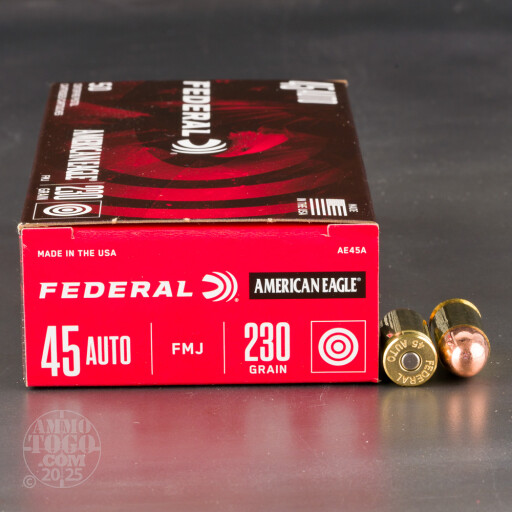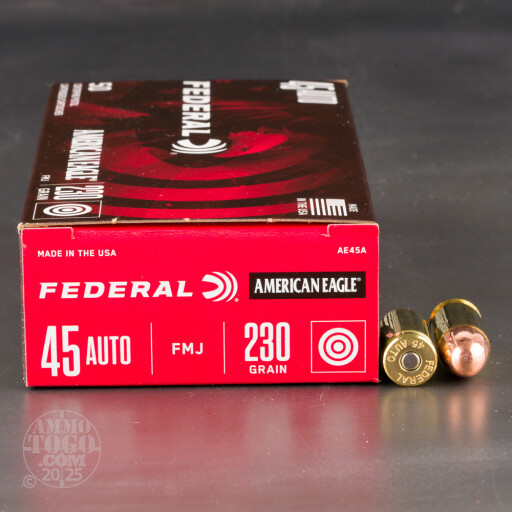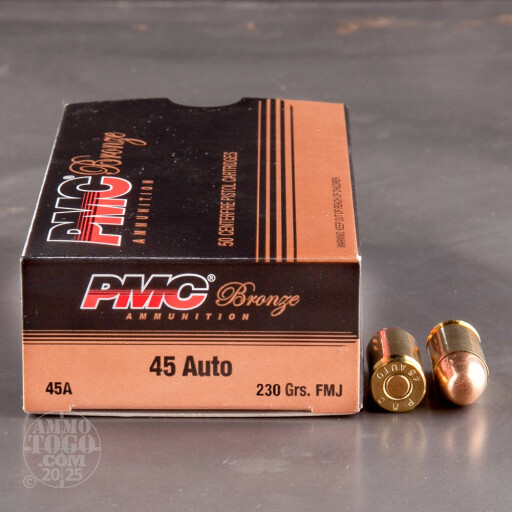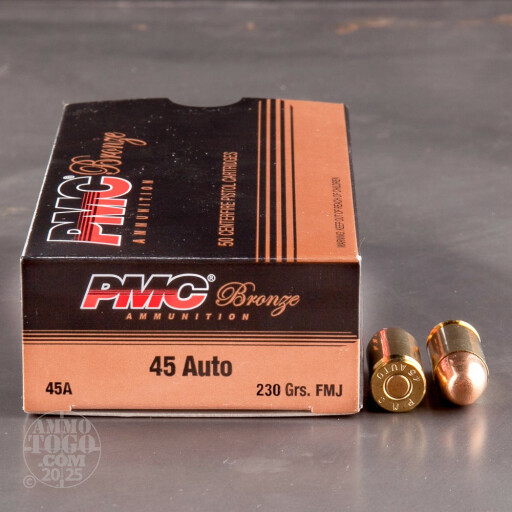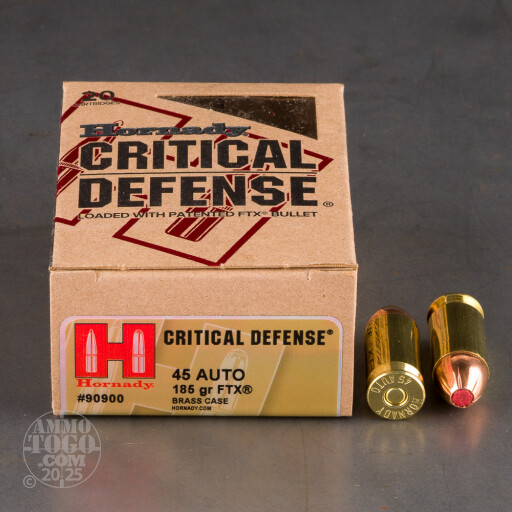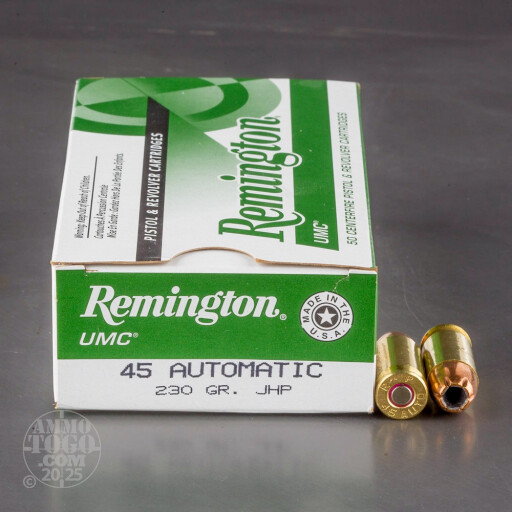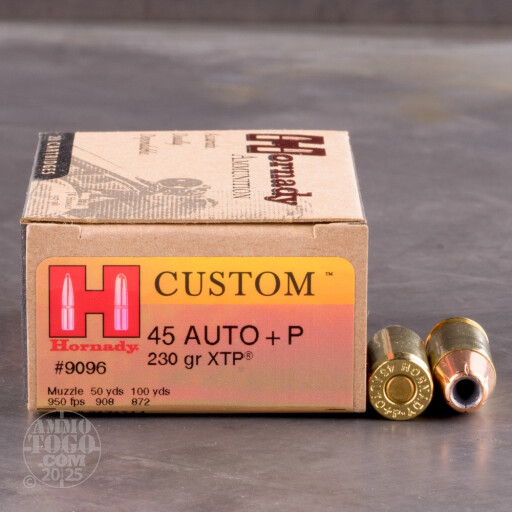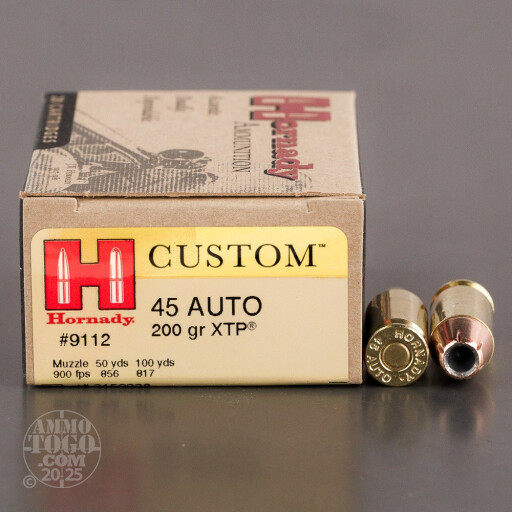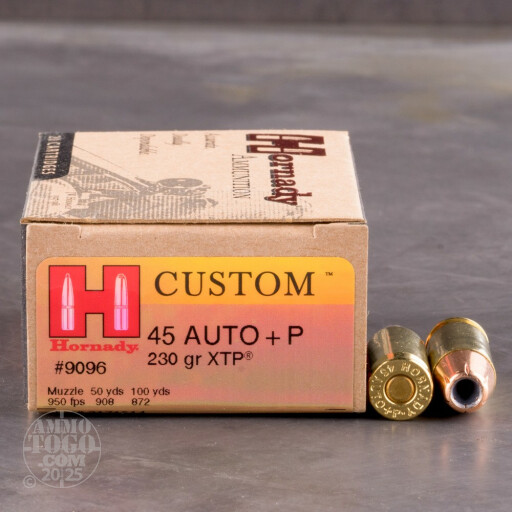What makes a 2011 different than a 1911? Is one better than the other? We’ll get you answers in this in-depth 1911 vs 2011 comparison resource now.
The M1911 is probably the most famous pistol in American history, holding a spot in the pantheon of weapons that includes the Colt Navy revolver, the Kentucky rifle, and the Winchester 1873. “Nineteen Elevens,” are among the most popular current handguns in the country as well. Since before the United States joined World War I, this weapon has been impressing users with its reliability, consistency, and power.
As wonderful as the weapon may be, it’s not perfect. The biggest complaint is that traditional 1911 pistols don’t carry enough rounds. Holding only eight in the magazine, the 1911 is eclipsed by handguns that carry 10, 12, 15 rounds or more.
Enter the 2011, a handgun created with the basic structure of the 1911 but with more carrying capacity.
1911 vs 2011
When it comes to what separates a 1911 from a 2011, the short and maybe too simplistic answer is this: 1911s are traditionally chambered in 45 ACP while 2011s are 9mm pistols.
But there are other features and facets that separate them that can be a big deal for seasoned shooters. Which one is right for your needs? Let’s go in-depth on both the 1911 and 2011 to find out.
The Big Differences: 2011 vs 1911
| 1911 | 2011 | |
|---|---|---|
| Typical Cartridge | .45 ACP | 9mm Luger |
| Typical Capacity | 8+1 | 16+1 and more |
| Typical Stack | Single | Double |
Note: We’re talking “typical” 1911s and 2011s
For this discussion, we are examining typical or more common 1911 handguns. The same goes for 2011s. There are variations from the common prototype. For example, the typical 1911 packs a single-stack magazine holding 8 rounds of .45 ACP ammunition. But there are also 1911s made with double-stack magazines holding over 12 rounds of 9mm Luger.
Essentially, while we are discussing the most common features, there are variations on everything.
What About Double-Stack 1911s?
As if the ammunition industry isn’t confusing enough already, there are 1911s that come with double-stack magazines. And, to make matters more complex, they are available in 9mm Luger. But wait, aren’t those the defining features of a 2011; wouldn’t those features make it a 2011?
No. A double-stack 1911 is still a 1911 because it doesn’t have the detachable grip module. On a 2011, you’ll see a screw near the front corner of the trigger guard on the right side of the pistol. This screw is used to detach the grip module, and it’s a clear indication that the weapon is a 2011 and not a wide-bodied 1911.
Comparing the 1911 vs the 2011
Main Features and Characteristics
Key Feature: Grip Engineering
If you look at the typical 1911 and 2011 pistols, you will see a few distinct differences. Specifically, the cartridge, magazine capacity, and width of the firearms are different. These are clear, upfront differences. But they are not the defining features.
While “true” 1911s (for lack of a better term) have single-stack magazines of .45 ACP, there are double-stack 1911s, often called “wide-bodied” 1911s. A double stack, therefore, is available in both. And there are 1911s chambered for 9mm Luger, so this isn’t a defining factor either.
The key feature that separates the 2011 from a 1911 is the grip design. The 1911 grip is a single solid piece; only the grip panels can be replaced. The 2011, however, has a grip frame that can be removed. This replaceable, or “modular,” grip frame encompasses the grip, magazine well, and trigger guard. The 2011 pistol is two separate pieces: the body and the grip frame, while the 1911 is a single unit.
Again, look for the screw at the front top corner of the trigger to identify a 2011.
Capacity: Greater in the 2011
While you can find high-capacity 1911 pistols, most carry seven or eight rounds in the magazine. A 2011, on the other hand, has a double stack of 9mm Luger rounds; they usually carry 16 rounds in the magazine, giving shooters roughly double the carrying capacity.
Cartridge Choice
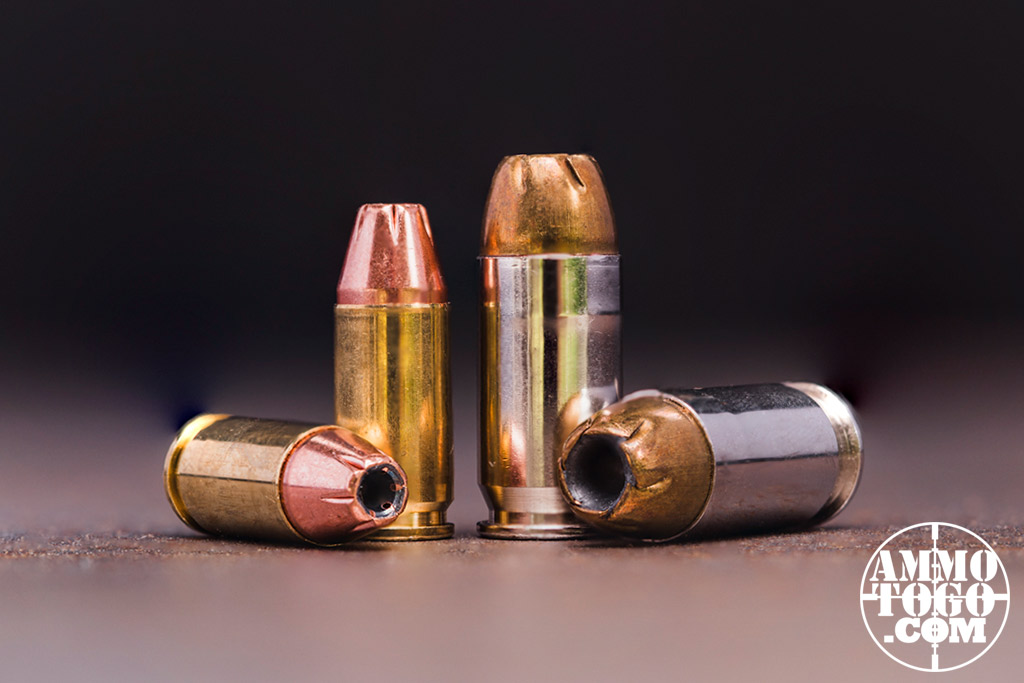
A traditional 1911 carries .45 ACP ammunition, while the 2011 is chambered for the 9mm Luger, with some models carrying .38 Super. Of course, there are load and case differences, but mostly the 1911 throws wider, heavier bullets. The bullet diameter of a .45 ACP is roughly 0.452 inches, while the 9mm equals roughly 0.355 inches. The .45 ACP also comes with heavier bullets, ranging as high as 230 grains, while the 9mm Luger maxes out around 124 grains.
It’s worth noting that 1911 handguns can be chambered in 9mm Luger, although many would say it’s not a “true” 1911.
Is One More “Accurate”
Accuracy depends more on the gun user than the gun itself. That said, it’s believed that the 2011 is more accurate and consistent. This is because the weapons are built to extremely tight tolerances (hence a higher price, which we discuss below) that help maintain precision performance during competition. Tight accuracy and shot consistency are reasons for the 2011’s popularity among competition shooters.
Price
If you are a budget-minded gun shopper (aren’t we all?), the 1911 is probably a better option. Price varies by where and how you purchase, and there is plenty of overlap, but most 2011s are priced a bit higher than the 1911. This is largely because of the weapon’s tight tolerances and detailed construction, while the 1911 has a more simplified construction. (Which, of course, has its own benefits.)
But if you have $1,500 to spend on a handgun, you can find 1911 and 2011 options.
The Similarities Between the 1911 and 2011
We’ve covered a lot of details for both of these pistols. Let’s back out and take a broad look at the two weapons, starting with ways that they are similar.
The main commonality is the slide, which is essentially the same in both. The controls and configuration are all very similar, and the 2011 also has the smooth sliding trigger that is part of the 1911’s success. (But, we should note, the triggers are not interchangeable.)
Overall, they look and feel very much the same.
The Differences Between the 1911 and 2011
The difference, as we have discussed, is in the grip, magazine, and trigger. The single separating factor is that the 2011 has a detachable grip module, allowing for greater customization. This impacts the trigger and other features, but it’s the most important difference between the two.
Other differences, including the cartridge and capacity, can change. Specialty 1911s are available in various rounds and can even be purchased with a double-stack of 9mm Luger rounds. But if it has a changeable grip module, it’s a 2011.
1911 vs 2011 Pistol: Which is Better for Me?
In a perfect world, you would have both a classic 1911 and a modern 2011 in your gun safe. But if you have to choose one or the other, here are some tips to make the choice.
First, if price is a concern, the 1911 is probably a better option. You can find more budget-friendly 1911 options, although there are lower-cost 2011s and plenty of 1911s range into the high prices.
If you want something more customizable, with greater modular potential, the 2011 excels. 1911 manufacturers are catching up with the times and offering customizable pistols with accessory rails, mounts for optics, and other features that enhance customizability, but overall the 2011 is more modular-friendly.
Frankly, if you like nostalgia, if you like the idea of shooting a pistol that is nearly identical to the weapons carried by U.S. military personnel through two World Wars, the Korean War, and the Vietnam conflict, the 1911 could make you happy. History enthusiasts can own a piece of American history while getting a practical, powerful, and useful weapon.
Find 1911 and 2011 Ammunition Right Here
Whether you need .45 ACP ammo for your M1911 or 9mm Luger rounds for your modified 2011 pistol, you’ll find the selection and prices you deserve right here! Visit our site and place your order today!
